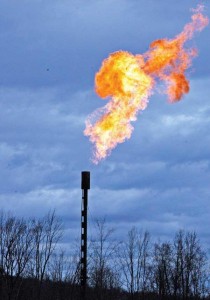The Environmental Protection Agency (EPA) has given a subsidiary of Conneticut-based Castleton Commodities International the green light for the construction of new petroleum process facilities near Corpus Christi, TX. The EPA issued the final greenhouse gas and prevention of significant deterioration construction permit to the subsidiary, CCI Corpus Christi, LLC, on Sept. 15th.
The company plans to build two fractionation units, capable of producing a combined 100,000 b/d and a bulk petroleum terminal. The terminal will include storage tanks and barge loading operations that can handle 500,000 barrels a day of crude condensate for export.
Castleton hopes to get some skin in the condensate export game, according to the EPA, but will need additional approval from the federal government. So far, only two companies, Pioneer Natural Resources Co. and Enterprise Product Partners LP, have been authorized to export minimally processed condensate from the Eagle Ford Shale. More than half of all production from play is condensate, which is an ultralight crude oil.
Read more: Oil Exports to Foreign Buyers Begins
In addition to exporting product, Castleton also plans to use the crude condensate to produce diesel, jet fuel, naphtha, and other petroleum products. The project is expected to cost the company $500-million.
Read more at epa.gov



